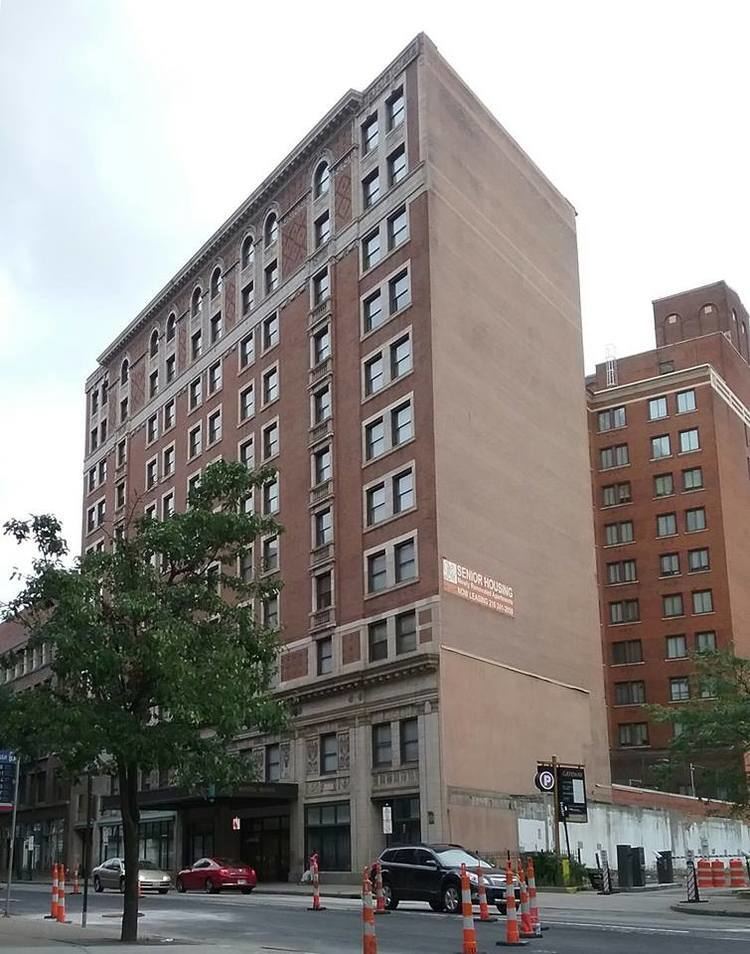Type Residential Roof 45.41 m (149 ft) Height 45 m Floors 11 | Completed 1916 Floor count 11 Opened 1916 Phone +1 216-241-2850 Construction started 1915 | |
 | ||
Former names Hotel Winton, The Carter Hotel, Carter Manor Address 1012 Prospect Ave E, Cleveland, OH 44115, USA Similar Bohn Towers, Progressive Field, Euclid Beach Park, Cleveland Metroparks Zoo, Greater Cleveland Aquarium | ||
Winton manor apartments
The Winton Manor is a 1916-built historic 149 foot 11 story high-rise former grand hotel that has been converted to a senior living apartment building in the trendy Theater District in downtown Cleveland. The building was opened in 1916 as the Hotel Winton. It sits along the important Cleveland throughway of Prospect Avenue just outside the burgeoning Cleveland Theater District.
Contents
- Winton manor apartments
- A fire at winton manor has closed prospect between 9th huron residents evacuated no injuries
- The Design
- Boy ar dee
- Closing and reopening
- References
A fire at winton manor has closed prospect between 9th huron residents evacuated no injuries
The Design
The Winton was designed by Nelson Max Dunning of Chicago, who only built two other significant buildings which were the 153 foot Merchandise Building in Toronto and the American Book Company Building in Chicago in 1912. The style is known as the Chicago school, which takes its name from the famous movement of skyscraper construction in the 1880s and 1890s in the Windy City. The hotels of this era are typical examples of trying to maximize street traffic into the hotels and provide room for retail and business ventures. The Statler, Hotel Cleveland, the Allerton Hotel and the Winton are surviving examples of this. It is telling however that only the Hotel Cleveland survived as a hotel, the other three are now fully residential.
Boy-ar-dee
The Winton hotel had the elegant Rainbow Room where the elite met to eat and which featured the famous Rainbow Orchestra. However, the Winton was probably most famous for its Italian head chef, Boiardi, who of course soon would be become the Chef Boyardee who in turn started popularizing Italian cuisine in the American food culture. By 1920, thanks largely to the cache and influence of Boiardi, the hotel became one of the most talked about and exclusive eateries in the city.
Closing and reopening
In 1931, the name was changed to the Carter Hotel and operated until the 1960s, having to close after a major fire. The building survives as a mere shell of its once glorious heyday in the 1920s and 1930s. It is now a low income housing property for senior citizens. This partly due to the former hotel sitting along a major RTA route. Also, as Greater Cleveland, (like many American cities have experienced), has aged and gentrified, it has seen an increasing influx of empty nesters and retirees who have opted to live in urban settings along major public transit routes.
